First Modern Liquid Oxygen Manufacturing Plant To Be Constructed At Tatu Industrial Park
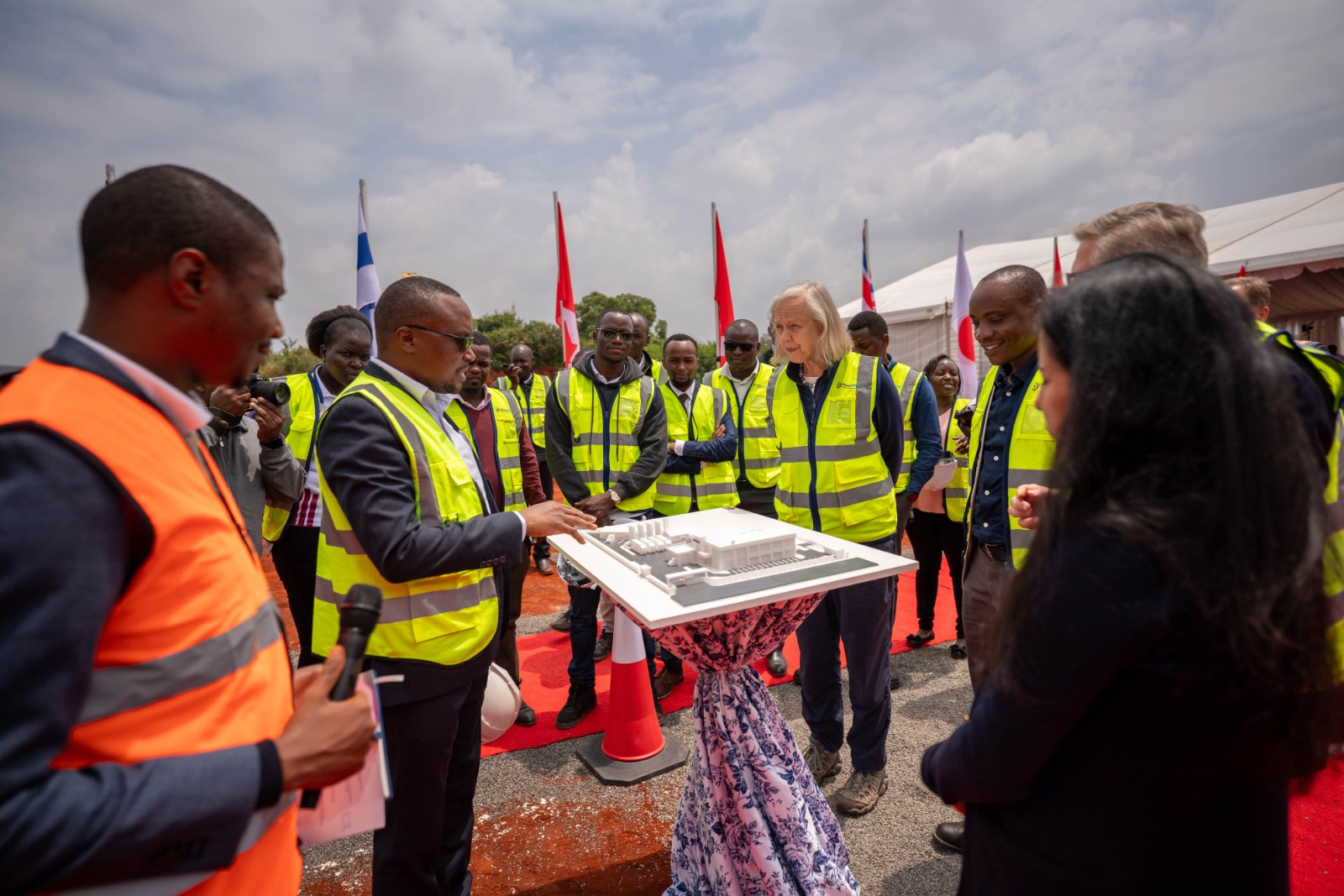 Hewatele, a company based in Kenya that focuses on providing medical-grade oxygen and other healthcare solutions, held a groundbreaking ceremony for the construction of East Africa’s first modern liquid oxygen manufacturing plant, designed to address the rising demand for medical-grade liquid oxygen in healthcare facilities throughout the region. The advanced cryogenic medical liquid oxygen air separation unit will be located at Tatu Industrial Park.
Hewatele, a company based in Kenya that focuses on providing medical-grade oxygen and other healthcare solutions, held a groundbreaking ceremony for the construction of East Africa’s first modern liquid oxygen manufacturing plant, designed to address the rising demand for medical-grade liquid oxygen in healthcare facilities throughout the region. The advanced cryogenic medical liquid oxygen air separation unit will be located at Tatu Industrial Park.


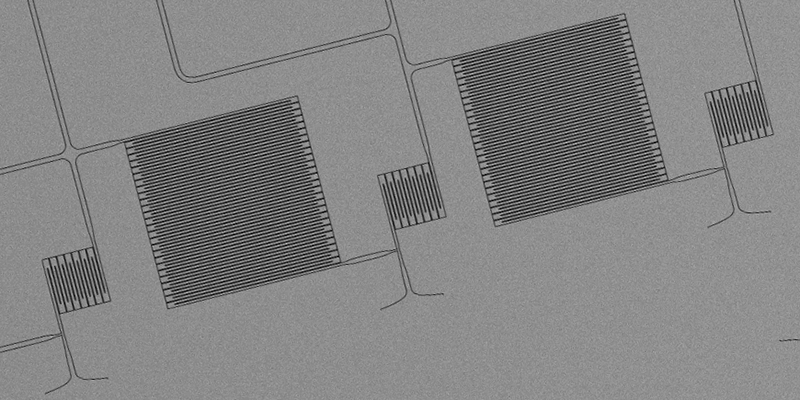 Single-photon detectors built from superconducting nanowires have become a vital tool for quantum information processing, while their superior speed and sensitivity have made them an appealing option for low-light imaging applications such as space exploration and biophotonics. However, it has proved difficult to build high-resolution cameras from these devices because the cryogenically cooled detectors must be connected to readout electronics operating at room temperature. Now a research team led by Karl Berggren at the Massachusetts Institute of Technology has demonstrated a superconducting electronics platform that can process the single-photon signals at ultracold temperatures, providing a scalable pathway for building megapixel imaging arrays [
Single-photon detectors built from superconducting nanowires have become a vital tool for quantum information processing, while their superior speed and sensitivity have made them an appealing option for low-light imaging applications such as space exploration and biophotonics. However, it has proved difficult to build high-resolution cameras from these devices because the cryogenically cooled detectors must be connected to readout electronics operating at room temperature. Now a research team led by Karl Berggren at the Massachusetts Institute of Technology has demonstrated a superconducting electronics platform that can process the single-photon signals at ultracold temperatures, providing a scalable pathway for building megapixel imaging arrays [ Patients with esophageal tumors often experience malignant dysphagia, or difficulty swallowing due to an obstruction, complicating their treatment and preventing them from eating normally. The Advanced Center for Therapeutic Endoscopy at WVU Medicine J.W. Ruby Memorial Hospital is the first in West Virginia to offer an innovative solution to this problem.
Patients with esophageal tumors often experience malignant dysphagia, or difficulty swallowing due to an obstruction, complicating their treatment and preventing them from eating normally. The Advanced Center for Therapeutic Endoscopy at WVU Medicine J.W. Ruby Memorial Hospital is the first in West Virginia to offer an innovative solution to this problem. A new report from IDTechEx suggests that global helium demand is set to double by 2035, driven by the wide-ranging applications of this vital element. Helium, a finite yet critical resource, is indispensable across multiple industries. From medical imaging to semiconductor manufacturing, helium’s unique properties—such as high thermal conductivity, chemical inertness, and cryogenic capabilities—make it irreplaceable in various high-tech applications.
A new report from IDTechEx suggests that global helium demand is set to double by 2035, driven by the wide-ranging applications of this vital element. Helium, a finite yet critical resource, is indispensable across multiple industries. From medical imaging to semiconductor manufacturing, helium’s unique properties—such as high thermal conductivity, chemical inertness, and cryogenic capabilities—make it irreplaceable in various high-tech applications. In many superconductors, applying a sufficiently strong magnetic field causes superconducting electrons to create current vortices that can be drawn along with a steady electric current. To learn more about how these vortices move, researchers have now visualized their trajectories in a situation where they are driven to oscillate at near-terahertz frequencies [
In many superconductors, applying a sufficiently strong magnetic field causes superconducting electrons to create current vortices that can be drawn along with a steady electric current. To learn more about how these vortices move, researchers have now visualized their trajectories in a situation where they are driven to oscillate at near-terahertz frequencies [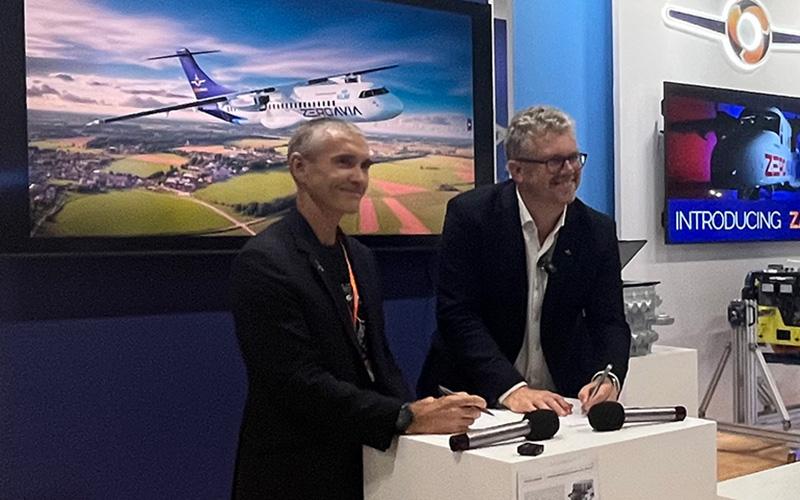 KLM Royal Dutch Airlines has agreed to perform a flight demonstration of ZeroAvia’s
KLM Royal Dutch Airlines has agreed to perform a flight demonstration of ZeroAvia’s 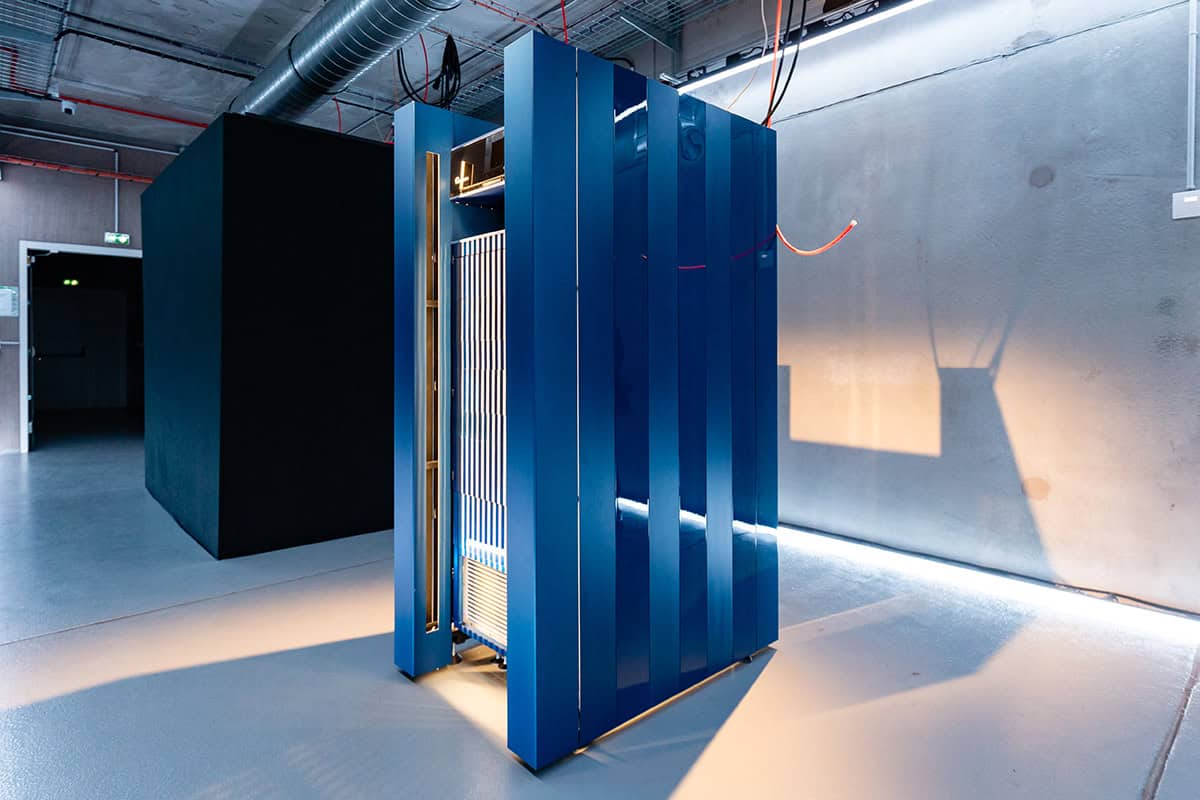 The nascent quantum technology supply chain has reached an inflection point as companies large and small – among them household names like Google, Microsoft and IBM as well as a new wave of ambitious start-up ventures – shift gears to translate their applied research endeavours into at-scale commercial opportunities in quantum computing, quantum communications and quantum metrology. At the heart of this emerging quantum ecosystem is attocube, a German manufacturer of specialist nanotechnology solutions for research and industry, which is aligning its product development roadmap to deliver the R&D and manufacturing tools needed to support the scale-up and commercialization of next-generation quantum technologies.
The nascent quantum technology supply chain has reached an inflection point as companies large and small – among them household names like Google, Microsoft and IBM as well as a new wave of ambitious start-up ventures – shift gears to translate their applied research endeavours into at-scale commercial opportunities in quantum computing, quantum communications and quantum metrology. At the heart of this emerging quantum ecosystem is attocube, a German manufacturer of specialist nanotechnology solutions for research and industry, which is aligning its product development roadmap to deliver the R&D and manufacturing tools needed to support the scale-up and commercialization of next-generation quantum technologies. A new superconducting compound offers a bridge to more practical
A new superconducting compound offers a bridge to more practical 
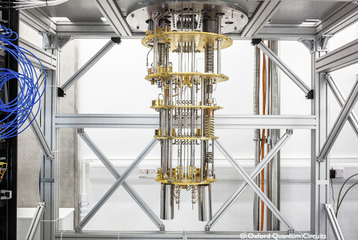 Fans of science fiction will know that cryogenic freezing is a commonly used mode of transport for astronauts wishing to traverse the galaxy. From classic movies like 2001: A Space Odyssey and Alien to more modern tales such as Interstellar, sci-fi writers love nothing better than plunging their protagonists into deep freeze to allow them to travel millions of miles unscathed.
Fans of science fiction will know that cryogenic freezing is a commonly used mode of transport for astronauts wishing to traverse the galaxy. From classic movies like 2001: A Space Odyssey and Alien to more modern tales such as Interstellar, sci-fi writers love nothing better than plunging their protagonists into deep freeze to allow them to travel millions of miles unscathed.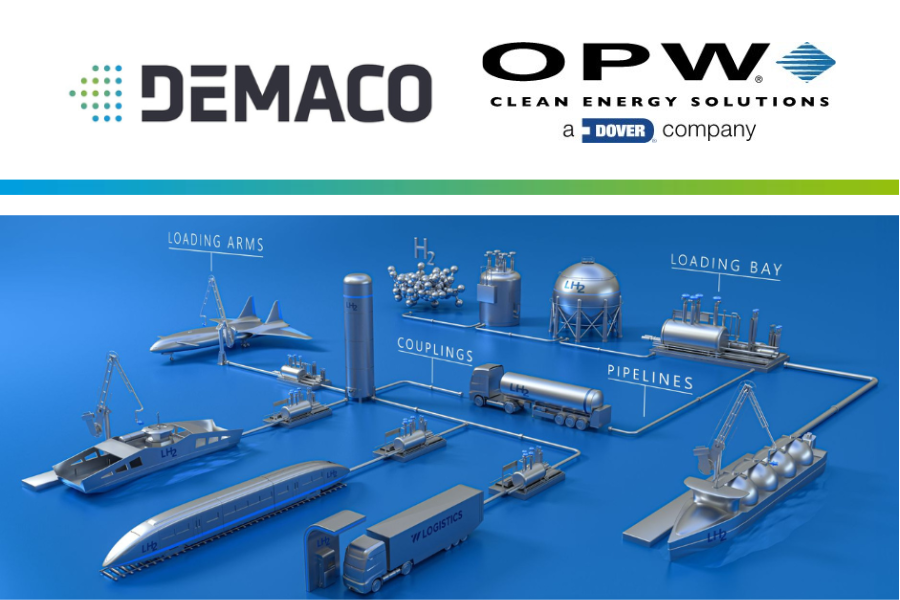 OPW announced today that it has completed the acquisition of Demaco, a provider of vacuum jacketed piping and other cryogenic equipment for gas producers, research institutions, EPC contractors, and end-users of liquefied gasses within various end-markets. Demaco will become part of the OPW Clean Energy Solutions business unit.
OPW announced today that it has completed the acquisition of Demaco, a provider of vacuum jacketed piping and other cryogenic equipment for gas producers, research institutions, EPC contractors, and end-users of liquefied gasses within various end-markets. Demaco will become part of the OPW Clean Energy Solutions business unit. 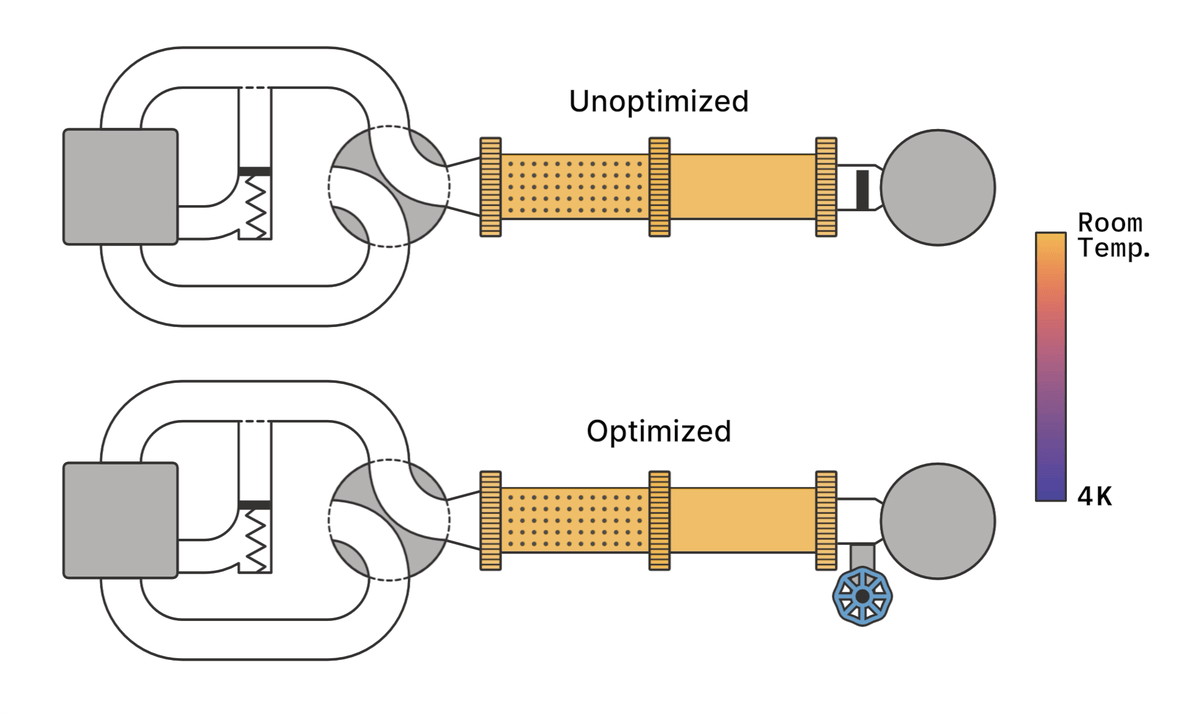 In a groundbreaking development, scientists at the National Institute of Standards and Technology (NIST) have engineered a significant enhancement to the efficiency of cooling materials to temperatures near absolute zero. Through modifications to a commonly used laboratory refrigerator, they have achieved remarkable reductions in both cooldown time and energy consumption. This innovation holds profound implications for various fields reliant on ultracold temperatures, from quantum computing to astronomy and superconductors.
In a groundbreaking development, scientists at the National Institute of Standards and Technology (NIST) have engineered a significant enhancement to the efficiency of cooling materials to temperatures near absolute zero. Through modifications to a commonly used laboratory refrigerator, they have achieved remarkable reductions in both cooldown time and energy consumption. This innovation holds profound implications for various fields reliant on ultracold temperatures, from quantum computing to astronomy and superconductors.
 Equigas, Inc., a North Carolina-based gas equipment distributor, has embarked on an exciting new chapter with its recent acquisition of Correct Cryogenics, a respected cryogenic service provider headquartered in the Southwest US. This strategic move is a pivotal moment for Equigas as it seeks to expand its service offerings and solidify its presence in the US cryogenic and industrial gas markets.
Equigas, Inc., a North Carolina-based gas equipment distributor, has embarked on an exciting new chapter with its recent acquisition of Correct Cryogenics, a respected cryogenic service provider headquartered in the Southwest US. This strategic move is a pivotal moment for Equigas as it seeks to expand its service offerings and solidify its presence in the US cryogenic and industrial gas markets.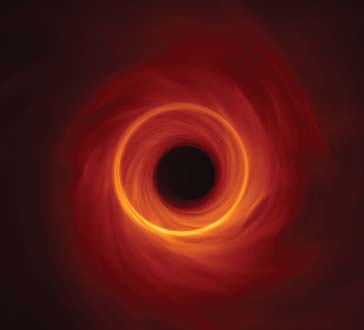 Introduction to BHEX-The Black Hole Explorer (BHEX) is a mission that will discover and measure a black hole’s photon ring, capturing light that has orbited a black hole. BHEX will extend the Event Horizon Telescope (EHT) into space, producing the sharpest images in the history of astronomy, whilst operating a space-Earth hybrid VLBI observatory by sending the BHEX radio telescope into space to link down with the existing EHT telescope on Earth.
Introduction to BHEX-The Black Hole Explorer (BHEX) is a mission that will discover and measure a black hole’s photon ring, capturing light that has orbited a black hole. BHEX will extend the Event Horizon Telescope (EHT) into space, producing the sharpest images in the history of astronomy, whilst operating a space-Earth hybrid VLBI observatory by sending the BHEX radio telescope into space to link down with the existing EHT telescope on Earth.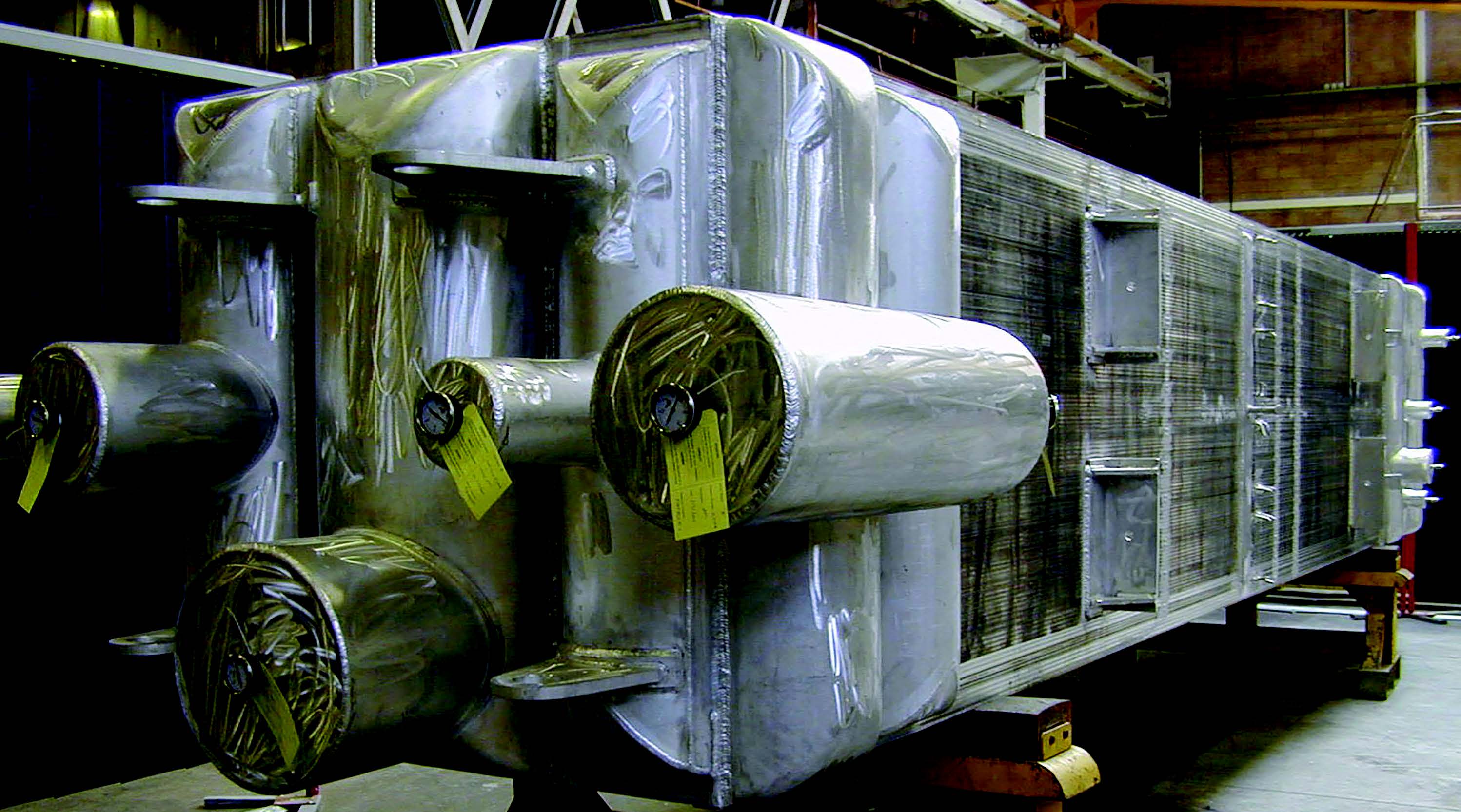 The Largest Renewable Energy Storage Project-Fives, a global industrial engineering group, has been selected by Zhonglv Zhongke Energy Storage Technology Co. to supply cryogenic equipment for the largest renewable energy storage project on an industrial scale. This project, located in Golmud, Qinghai province, China, is set to be operational by the end of 2024 and marks the first industrial-scale implementation of Liquid Air Energy Storage (LAES) technology.
The Largest Renewable Energy Storage Project-Fives, a global industrial engineering group, has been selected by Zhonglv Zhongke Energy Storage Technology Co. to supply cryogenic equipment for the largest renewable energy storage project on an industrial scale. This project, located in Golmud, Qinghai province, China, is set to be operational by the end of 2024 and marks the first industrial-scale implementation of Liquid Air Energy Storage (LAES) technology.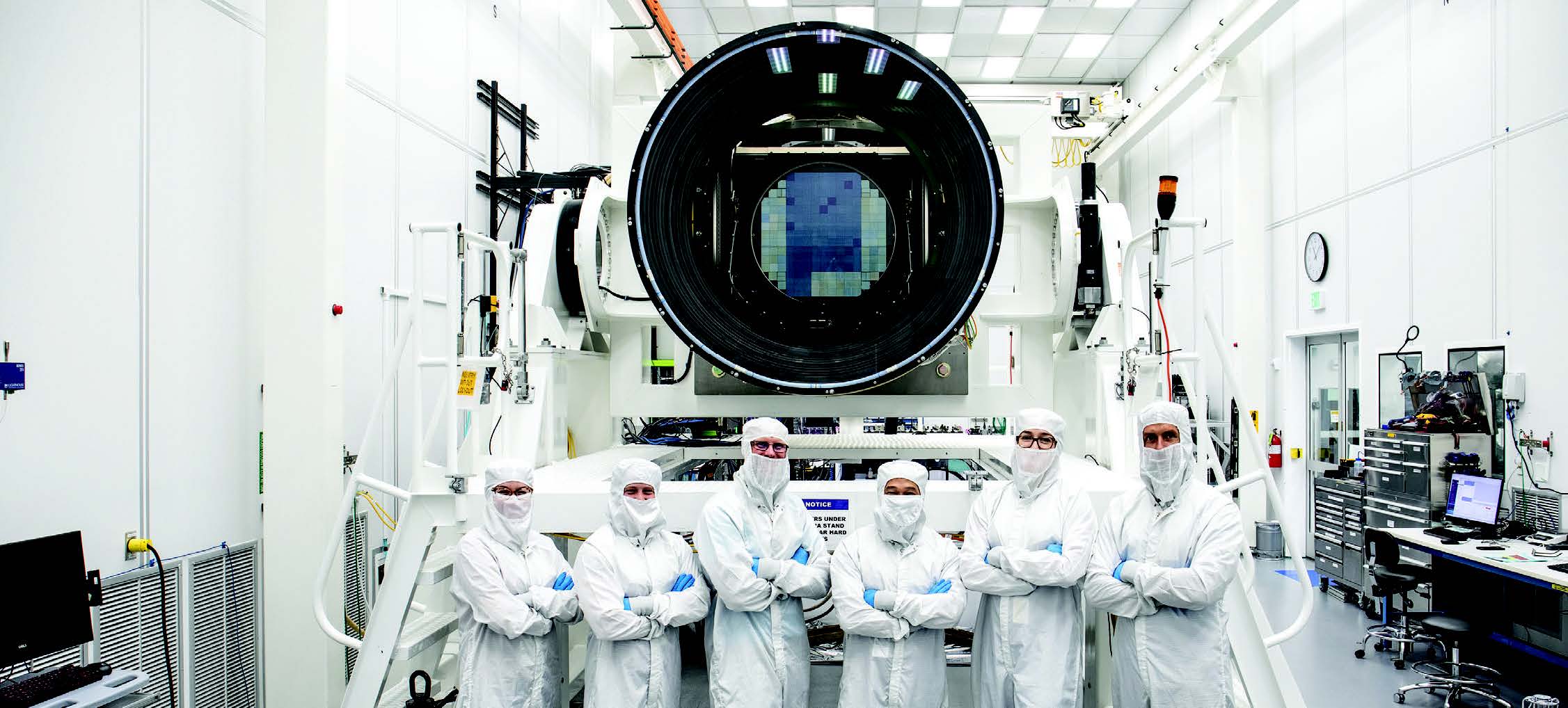 The Legacy Survey of Space and Time (LSST) Camera in Chile and NASA’s Compact Thermal Imager (CTI) represent cutting-edge advancements in astronomical and Earth science technology. The LSST Camera, soon to be operational at the Vera C. Rubin Observatory, will survey the entire southern sky every three nights for a decade, producing detailed data to study dark matter, dark energy and transient astronomical events. In contrast, NASA’s multiple high-resolution infrared cameras and their sensors, already in operation, are designed for specific scientific and practical applications, from monitoring wildfires to studying planetary compositions. These cameras provide high-resolution imaging for wildfire detection and atmospheric studies from the International Space Station.
The Legacy Survey of Space and Time (LSST) Camera in Chile and NASA’s Compact Thermal Imager (CTI) represent cutting-edge advancements in astronomical and Earth science technology. The LSST Camera, soon to be operational at the Vera C. Rubin Observatory, will survey the entire southern sky every three nights for a decade, producing detailed data to study dark matter, dark energy and transient astronomical events. In contrast, NASA’s multiple high-resolution infrared cameras and their sensors, already in operation, are designed for specific scientific and practical applications, from monitoring wildfires to studying planetary compositions. These cameras provide high-resolution imaging for wildfire detection and atmospheric studies from the International Space Station.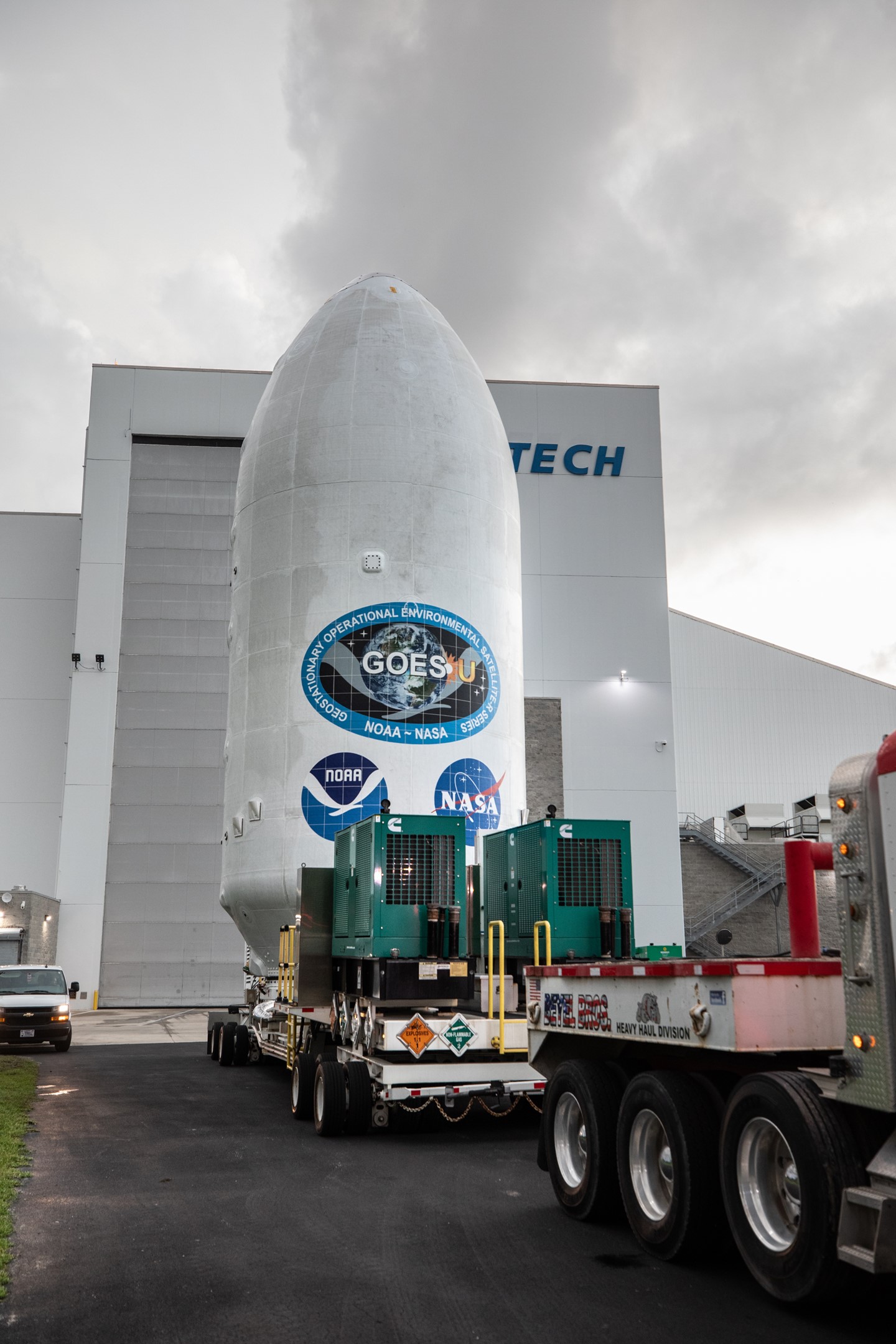 NASA, NOAA (National Oceanic and Atmospheric Administration), SpaceX, and GOES-U (Geostationary Operational Environmental Satellite-U) mission managers met on June 20 to conduct a Flight Readiness Review at NASA’S Kennedy Space Center in Florida. During the review, teams provided an update on the mission status and certified the readiness to proceed with final launch preparation activities.
NASA, NOAA (National Oceanic and Atmospheric Administration), SpaceX, and GOES-U (Geostationary Operational Environmental Satellite-U) mission managers met on June 20 to conduct a Flight Readiness Review at NASA’S Kennedy Space Center in Florida. During the review, teams provided an update on the mission status and certified the readiness to proceed with final launch preparation activities.
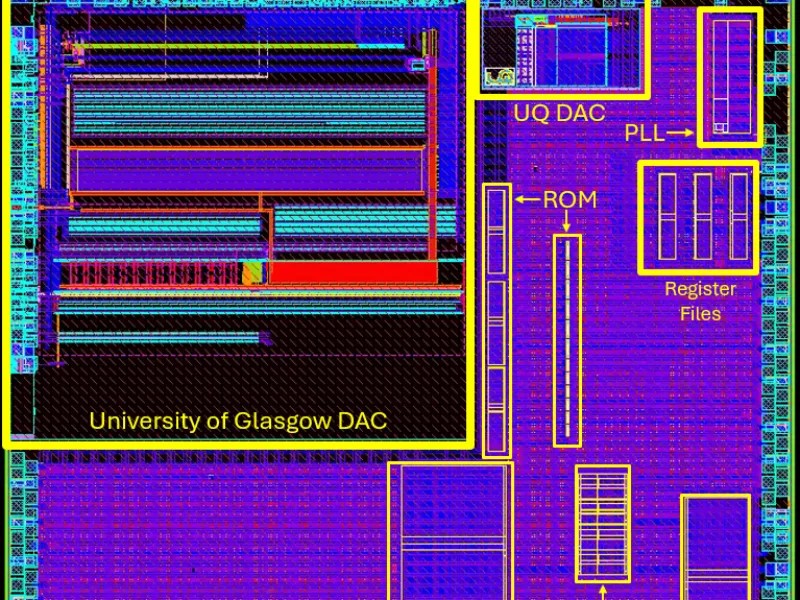 In the race to unlock the full potential of quantum computing, recent breakthroughs in cryogenic CMOS technology are paving the way for a new era of computational power. At the forefront of this frontier are pioneering efforts by Semiwise and SureCore, in collaboration with Cadence Design Systems, aimed at overcoming critical challenges in developing circuits that operate at near absolute zero temperatures.
In the race to unlock the full potential of quantum computing, recent breakthroughs in cryogenic CMOS technology are paving the way for a new era of computational power. At the forefront of this frontier are pioneering efforts by Semiwise and SureCore, in collaboration with Cadence Design Systems, aimed at overcoming critical challenges in developing circuits that operate at near absolute zero temperatures.